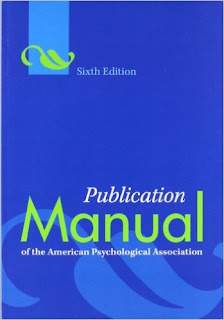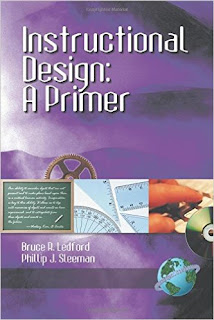
Hello!
The other course in my first semester of my CSUF MSIDT program (Fall 2014) was MSIDT 510, Research Practices in Instructional Design and Technology. The university website describes this course as: “Survey course on terms and accepted procedures in qualitative and quantitative inquiry as they apply to instructional design and technology. Students conduct controlled portions of IDT research and prepare preliminary proposals for larger projects.”
Perhaps it would be better to go to the syllabus to see what the real course objectives were:
Upon completion of IDT510, students will be able to:
- Develop an understanding of the foundations of research in Instructional Design and Technology.
- Familiarize themselves with sources of research literature in Instructional Design and Technology.
- Acquire skills in research as it applies to the development and implementation of an instructional product or system.
- Utilize statistical and qualitative analytical methods to Instructional Design Technology applications.
- Develop skill in using current writing and editorial style accepted in Instructional Design and Technology.
That is more like it! Pretty much, I feel that the course met these objectives. Students in our cohort were expected to produce a research project proposal, complete with a literature review and many of the actual parameters to complete the study (without actually completing the study). There were also a number of weekly homework assignments, graded discussion forums, six quizzes and four “problem sets” (also quizzes, really) from the statistics text.
It was a bit of a stretch to relate some of this material to the instructional design process, but the Reiser and Dempsey readings were on topic and were pretty valuable. Also, this course provided a good refresher on what proper research methods are supposed to be.
Supporting the course were three (or four) main texts (reviews of these will be provided soon, I promise):
-- American Psychological Association (2010). P
ublication manual of the american psychological association (6th ed.). Washington, DC.
-- Smith, S., and Davis, S. (2013).
The psychologist as detective:(6th Edition). Boston, MA: Pearson.
-- Reiser, R. and Dempsey, J. (2011).
Trends and issues in instructional design and technology (3rd edition). New Jersey: AB Longman.
And a surprise text that the instructor forgot to tell us about until he gave us an assignment from it:
-- Pyrczak, F. (2010 or 2014).
Making sense of statistics: A conceptual overview (6th edition). Glendale, CA: Pyrczak Publishing
The coursework was a bit harder than IDT 505, as there were many more assignments to keep track of, but it still went ok. I already had a firm foundation in statistics (three semesters of undergraduate work), but the most important things I took away from this class were the overview of the research process, and the ability to present a paper in APA format, which would be essential for the rest of the IDT program.
As with IDT 505, if I had this course to do over again, I would have only changed one thing in the way that I approached it. I already had my final project for the program picked out at the time, and now I wish that I had tailored my research topic and literature review to be work that I could integrate into that project, so there will be a little less research and work to be done at the end.
Thanks for checking out my IDT blog, and next we will take a look at the texts we used for this course.
Mahalo!






